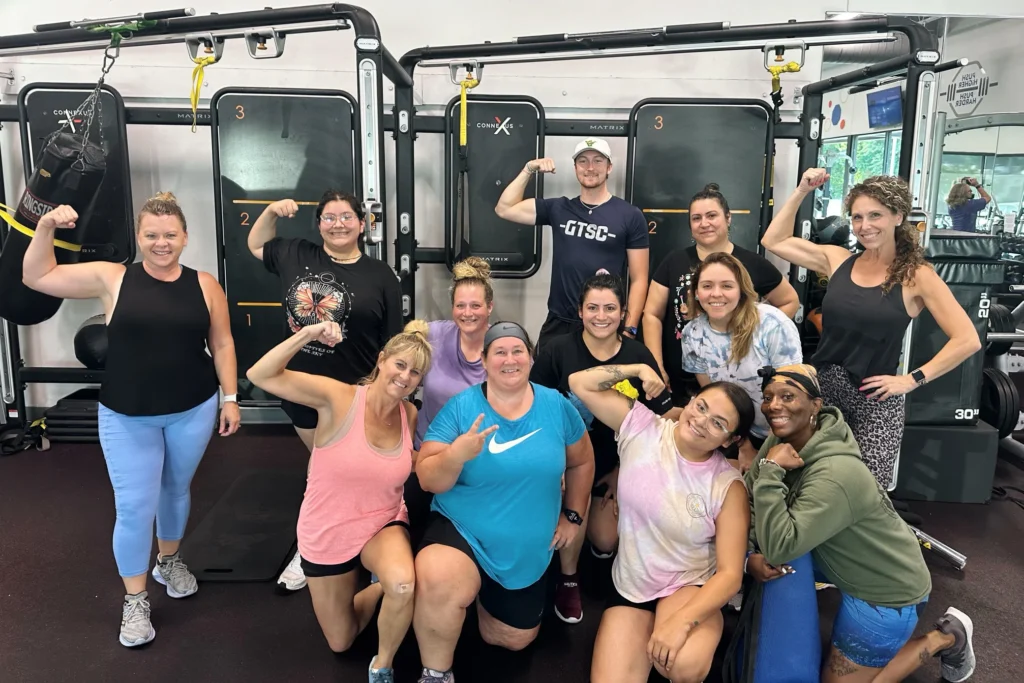Kettlebell training is renowned for its efficiency in building strength, enhancing flexibility, and boosting cardiovascular health. Among the myriad of movements that kettlebells offer, the kettlebell side swing stands out as a dynamic and potent exercise that targets multiple muscle groups while improving coordination and agility. This article delves into the nuances of the kettlebell side swing, exploring variations suitable for all skill levels—from beginners to seasoned athletes. We’ll guide you through mastering the correct form, advancing through different variations, and integrating these swings into your fitness regimen to maximize your health benefits.
What is a Kettlebell side swing?
The kettlebell side swing is a variation of the traditional kettlebell swing, where the motion is directed laterally (sideways) rather than anteriorly (forward and back). This lateral movement engages the core muscles differently, emphasizing obliques, hip abductors, and lower back muscles, which are crucial for rotational and lateral movements in everyday activities and sports.
Proper form and techniques
Executing a kettlebell side swing with the correct form is essential to prevent injury and ensure the exercise is effective.
Begin by standing with your feet shoulder-width apart, holding a kettlebell in one hand. With a slight bend in your knees, initiate the swing by driving your hips back and swinging the kettlebell toward the opposite side, across your body.
As the kettlebell reaches its peak, explosively reverse the direction by thrusting your hips forward and swinging the kettlebell back to the starting position. Keep your core tight, shoulders back, and focus on fluid motion rather than speed.
Kettlebell side swing variations
Here are a few variations based on your level:
Beginner variations
For beginners, it’s essential to start with a light kettlebell to master the technique without the risk of injury. A one-handed side swing using a lighter weight allows the individual to focus on form and the unique lateral movement pattern. Repetitions should be kept low as one learns the movement.
Intermediate variations
Once comfortable with the basic side swing, intermediate users can increase the weight or incorporate a double kettlebell side swing (one in each hand). This not only increases the physical challenge but also enhances coordination as both sides of the body must work simultaneously yet independently.
Advanced variations
For advanced practitioners, the kettlebell side swing can be made more challenging by integrating it into a complex or by performing high-rep sets. Adding a squat or a lunge at the end of each swing increases the intensity and engages more muscle groups, turning the exercise into a full-body workout.
To get more tailored variations based on your fitness level and abilities, make sure to contact our personal trainers in South Congaree.
Benefits of Kettlebell side swings
Kettlebell side swings are excellent for developing core strength, particularly in the obliques and transverse abdominal—muscles that are often neglected in standard anterior-posterior movements. Moreover, this exercise enhances hip mobility and stability, crucial for sports and daily activities. Regular practice can lead to improved posture, enhanced balance, and a stronger lower back, reducing the risk of injuries.
Want more strength-focused kettlebell exercises? Here’s how to do kettlebell deadlifts for more power.
The rhythmic nature of kettlebell swings can be meditative and stress-relieving. Concentrating on the movement pattern helps clear the mind, while the physical exertion releases endorphins, boosting mood and combating stress and anxiety. Consistent training with kettlebells can also build confidence and mental toughness, preparing individuals to tackle other challenges both in and out of the gym.
Can Kettlebell swings reduce belly fat?
While kettlebell swings alone cannot target belly fat specifically— as spot reduction is a myth—they can contribute to overall fat loss when combined with a balanced diet and consistent exercise routine. The high-intensity nature of kettlebell swings makes them an excellent tool for increasing metabolic rate and fat burning.
What are the differences between standard and side Kettlebell swings?
The standard kettlebell swing involves swinging the kettlebell between the legs and up to chest height in a forward and backward motion, primarily targeting the hamstrings, glutes, and lower back. The side swing, on the other hand, moves laterally across the body, emphasizing the obliques, hip abductors, and additional core muscles, offering a more comprehensive core workout and improving lateral movement capabilities.
Final thoughts
Whether you’re a beginner looking to establish a solid fitness foundation or an advanced athlete aiming to enhance your performance, kettlebell side swings are a versatile tool in your fitness arsenal. Embrace the challenge, engage with the community, and enjoy the profound benefits that this powerful exercise has to offer.





